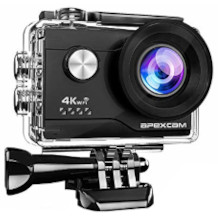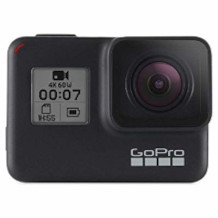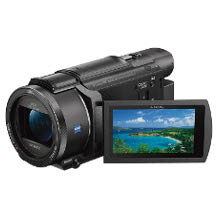Mirrorless camera purchasing advice: how to choose the right product
- What you need to know
- Mirrorless system cameras offer the same possibilities as SLRs, but in a lighter and more compact form factor.
- Mirrorless system cameras are also known as DSLMs.
- Modern mirrorless system cameras can now compete with SLRs in terms of picture quality and features.
- High quality mirrorless system cameras cost the same as comparable SLRs.
- Mirrorless system cameras are a great option for recording video.
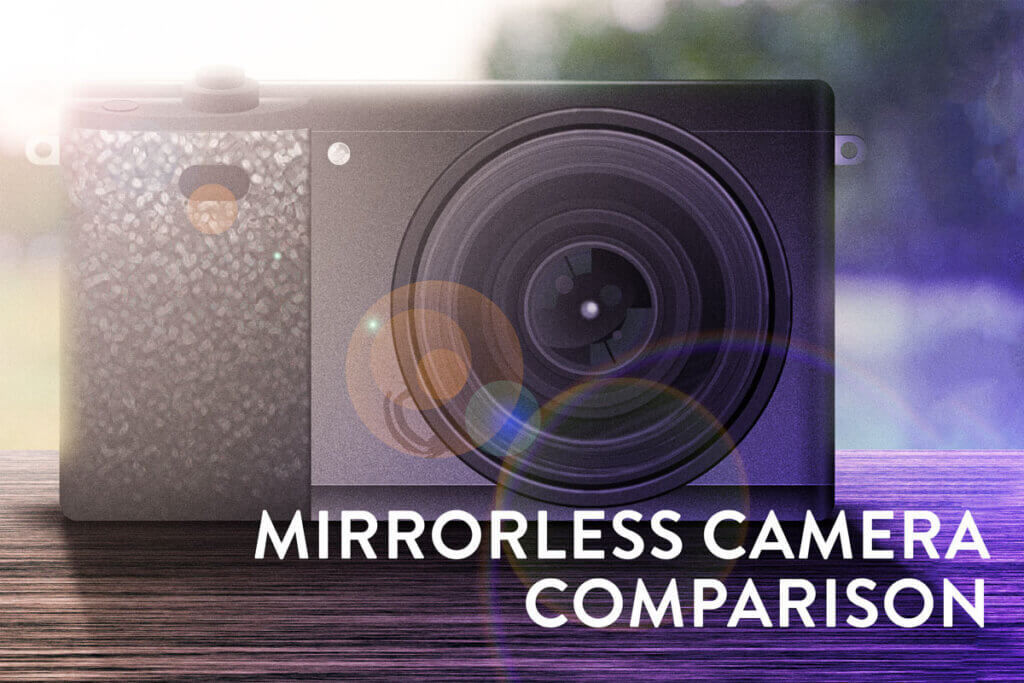
Mirrorless system cameras
System cameras are the number one choice for high-quality photography. Basically, all cameras with interchangeable lenses belong to this category — SLR cameras as well as mirrorless system cameras. In everyday language, however, “system camera” mainly refers to mirrorless cameras, which are also known as DSLMs (digital single-lens mirrorless). SLRs or DSLRs (“digital single-lens reflex”) are a separate category. DSLMs do not need a mirror mechanism to direct the incoming light to the viewfinder. The light hits the image sensor directly, which converts it into a digital image that then appears on an integrated display. While many entry-level models only have an LCD screen, more expensive models have an electronic viewfinder, where you can see a preview of your shot on a small screen when looking through the viewfinder.
The camera market has been changing in the last few years. While SLRs used to be the gold standard, nowadays there are more and more mirrorless system cameras that can really compete. In fact, you can now get mirrorless system cameras that can go toe to toe with the best SLRs on the market. This article will detail everything you need to know when buying a mirrorless system camera (DSLM) and will refer to them as mirrorless cameras.
DSLM vs SLR
Both types of system cameras, DSLM and DSLR, feature a housing, an image sensor, a viewfinder, and interchangeable lenses. That is why they share the first three letters “DSL”. “SL” stands for “single-lens” and refers to the fact that these cameras only work with a single lens. This distinguishes them from older SLR cameras, which had two lenses: one for shooting and one for the viewfinder. “D” stands for “digital” — these cameras have a digital image sensor. The last letters indicate the biggest distinction between the designs: the “R” stands for “reflex” and refers to the reflection of light with a mirror, whereas the “M” stands for “mirrorless” and refers to the absence of a mirror.
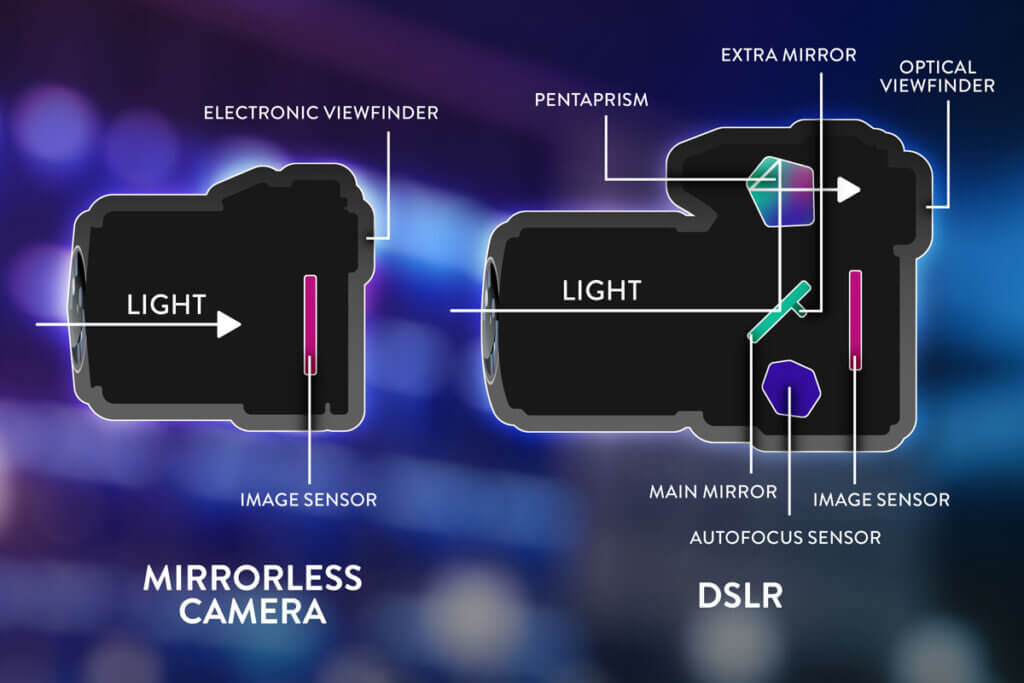
Should I buy a mirrorless or an SLR camera?
Mirrorless cameras, also known as DSLMs (digital single lens mirrorless), are the future of digital photography. Mirrorless cameras, just like SLRs, tend to use high quality APS-C or Micro-Four-Thirds sensors. Due to this, the image quality you get with modern mirrorless cameras is just as good as with SLRs. Since you can flexibly swap lenses on a mirrorless camera just like on an SLR, and you get the same great picture quality, these cameras are a great option for hobbyist photographers.
SLRs continue to be the industry standard option for professional photographers. It’s still the case that if you want to be a serious photographer, you need an SLR. This has gone hand in hand with developments in the industry and as such SLRs are compatible with the best lenses. Due to their professional usage, SLRs are also highly flexible and can be set up however you want manually.
SLRs are large and heavy. In addition, they are loud and vibrate a bit when taking a picture. This can lead to blurry results, but not always. If you are taking long exposure photos in low light with an SLR, it’s also likely you won’t end up with the sharpest image.
Mirrorless advantages
- Light and compact
- Live digital image previews
- Very quiet shutter noise
- No vibrations due to no mirror
SLR advantages
- Huge range of compatible lenses, including second hand
- Optical viewfinder with zero delay
- Long battery life
Differences in autofocus technology
The quality of a camera’s autofocus (AF) is often the deciding factor in determining whether it is a good or a bad purchase. Autofocus comes as two main technologies:
Phase detection autofocus works in all conditions. It is reliable and has been used in SLR cameras for years.
Contrast detection autofocus is more precise than phase detection, but it also more delicate and susceptible to movement. Furthermore, it doesn’t work well in low light.
The supremacy of SLRs over mirrorless system cameras in years gone by was largely due to the differences between these two autofocus technologies. Mirrorless system cameras used contrast detection, which has a slower focusing speed and produces worse results than phase detection in SLRs. However, nowadays, modern mirrorless cameras use a hybrid autofocus. This means that they can do both contrast and phase detection when focusing, which vastly improves focusing speed and image results.
Electronic viewfinders
The electronic viewfinders (EVFs) you get on mirrorless cameras work differently to optical viewfinders on SLRs. They produce a digital preview image, similar to that on the camera’s display, rather than using mirrors and light.
Problems with electronic viewfinders
In spite of their advantages, electronic viewfinders have a few disadvantages. First and foremost, they do consume quite a lot of power. This can be a problem, especially on long journeys — you’ll likely want to bring extra batteries with you. By comparison, the optical viewfinders in SLRs don’t use any electricity.
Some photographers prefer optical viewfinders, as they can feel more comfortable and natural. Electronic viewfinders can also tire your eyes out during long shooting sessions because you’re effectively looking at a digital screen.
While you can get good electronic viewfinders, some low quality cameras have ones that somewhat distort the image preview. However, this issue is largely limited to older models — you’ll hardly find it on the latest cameras.
Compatible equipment
Mirrorless cameras are relatively new. The first models hit the market in 2008. DSLRs, on the other hand, have been built since the early days of digital photography and are based on analogue predecessors that have stood the test of time. Therefore, the choice of lenses for DSLMs is much smaller than for DSLRs.
Weight and size
Mirrorless system cameras have a much more compact form factor than SLRs. This is of course because they don’t have mirrors. By the same coin, they are also much lighter. Having a smaller and lighter camera is a big positive for daily transport as well as travelling. In combination with a light lens, you can get a camera that is really easy to carry.
In general, mirrorless cameras are also more durable than SLRs. This isn’t a super important factor, but there will be times where you want to get a shot that involves a bit of risk. Some professional photographers find that having an SLR commands more respect, but nowadays mirrorless cameras are used by pros too.
Heavy photography equipment
While having a light camera is great, you need to consider how much the rest of your photography equipment weighs. Extra lenses, tripods, and replacement batteries can end up weighing a lot. If you have third-party lenses, you’ll also need to carry various adapters. What this means is that you shouldn’t base your purchase decision too much around the weight of a system camera. If weight is an extremely important factor for you, then consider getting a compact camera.
Electronic vs mechanical shutters
Mirrorless cameras use hybrid electronic/mechanical shutters. This means they can do extremely short exposures, as low as 1/16,000th of a second. SLRs can’t offer the same speeds as mirrorless cameras as they have mechanical shutters. If you’re planning on taking portraits, go for a camera with a fast shutter speed. This will also let you take photos in bright sunlight without them being overexposed.
How to choose the right camera
When choosing a camera, you of course need to decide based on features and performance. Read on for an overview of the most important factors to consider and features you might want in your mirrorless camera.

Shutter delay
While a lot of point and shoot compact cameras can need over a second to take a photo, most mirrorless cameras have a shutter speed of less than 0.3 seconds. The longer the shutter delay, the more likely it is that your photo will be blurry. By the same coin, this means that mirrorless cameras are a great option for action shots.
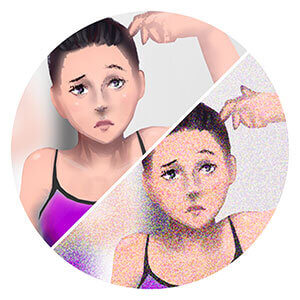
Light sensitivity
Do you take a lot of low light shots? If so, then make sure that the sensor in any camera you buy has a high amount of light sensitivity. The more sensitive, the better the quality of your low light pictures. If you have a less sensitive camera, it will need a longer exposure time, which makes blurry photos more likely.

Manual mode
While autofocus and automatic light exposure settings are convenient and useful, you will also likely want to experiment with your own settings in some shots. This is because the automatic settings on a camera are designed to produce pictures with an average amount of brightness — you might want something different. In order to do this, you will want a camera which can be manually adjusted.

RAW files
When choosing a camera, make sure it can process your pictures in a RAW file format. This type of file works as a kind of digital negative, which means it is optimized for digital post-processing using programs such as Photoshop or Lightroom. RAW files are uncompressed, which means you get all of the image data (this is not the case with JPEG files).

Variable lighting
This feature lets you take multiple images at different exposures effectively simultaneously. You can then choose which one you like best, or merge them all together to create a HDR image.
Zebra pattern
Zebra pattern is a camera feature that highlights overexposure. It doesn’t control exposure, but warns you so you can change it by stopping down or lowering the ISO values. It is only visible in the viewfinder and on the display, but not on the image itself.
Being able to adjust brightness is an essential feature and should always be available on any camera you go for. In addition to percentage values, some models also display brightness by single numbers.
White balance
White balance adjusts colors in your photographs to make them look more natural. This means that photos taken indoors under artificial lighting do not have a yellow tint, and images do not look cold on cloudless sunny days. When looking through a digital viewfinder, you’ll be able to see the effects of the white balance technology in case you want to adjust the exposure settings.
Burst shots
Burst shots are a relatively new innovation in mirrorless system cameras. In the past, if you wanted to take multiple shots in a very short space of time, an SLR was your only option. However, nowadays, mirrorless system cameras can also do burst shots, although a lot of models can only take compressed JPEG pictures — uncompressed RAW files take too long to process.
Viewfinder
All mirrorless system cameras have an electronic display which you can use to check your shot before you take it. However, they aren’t perfect for all situations — especially in bright daylight. Top-end models often also have a digital viewfinder, which works in the same way as an optical viewfinder on an SLR. These work well in all conditions and give you an accurate preview of your shot.
Focus peaking
This technology helps you to get the right amount of focus on your pictures. It usually works using a colored indicator which shows what is in focus in your digital viewfinder. Focus peaking makes it much easier to use older lenses without autofocus too.
Do I need a viewfinder?
There are a few different sizes of mirrorless cameras available on the market. Larger models tend to come with digital viewfinders. These cameras feel and look similar to SLRs, except they are usually a bit smaller. If you’re looking to switch from an SLR to a mirrorless camera, this style might be best for you as they are the closest match.
There are small mirrorless system cameras available on the market that don’t have viewfinders. These models don’t look anything like classic SLRs. In fact, they are closer in form factor to compact cameras.
Whether you go for a smaller or larger mirrorless camera largely depends on what you’re wanting to do with it. For ambitious photographers, having a viewfinder is an extremely useful feature when composing a shot. If you just want a camera for holidays and family gatherings, you can probably go for a smaller model — the image quality will still be great.
Sensor types
The quality of your camera’s pictures is heavily dependent on the image sensor. In poor lighting situations, having a good sensor is essential. When buying a mirrorless camera, you will have to choose between a few different sensor sizes.
The main thing to know about image sensors is that the larger the sensor, the more information and light it can capture. For example, a smartphone camera has a small sensor, which means it can’t compete with the image quality you can get with DSLMs and SLRs. You can estimate how good a camera will be based on the size of the image sensor.
Common sensor sizes
There are a few common sensor sizes you will find on mirrorless cameras. These are as follows.
- Micro Four Thirds (MFT): 17.3 x 13mm
- APS-C: 22.2 x 14.8mm
- Full format: 36 x 24mm
For comparison, a typical smartphone camera has a 4.9 x 3.7mm image sensor.
To help you decide on which image sensor is right for you, read on for a brief overview of the most common types.
Micro Four Thirds
These image sensors are smaller and cheaper than most of the other types you commonly find in system cameras. According to experts, Micro Four Thirds sensors are only getting better. This said, they aren’t as good as APS-C sensors in low light settings.
APS-C
These sensors offer great value. Depending on the manufacturer, sensor size can vary, but one thing remains the same: you get great performance for your money, even in poor lighting.
Full format
These sensors are the gold standard for professionals and hobbyist photographers alike. They are extremely powerful, performing well in low light settings with a shallow depth of field. All this comes at a price though: for the best photos, you’ll have to dig deep in your pockets.
Cleaning your camera
Just as with SLRs, mirrorless system cameras are susceptible to dust and dirt when swapping out lenses. If dust gets stuck on the sensor, you will see black spots in your photos. The risk of this happening is much higher than on SLRs, as you don’t have a mirror in between the sensor and the lens. Always be careful when changing lenses, and make sure to clean your camera regularly.
Some models have an auto-cleaning feature, if not, you can always blow the dust away. Wet cleaning is only necessary if the camera is really dirty.
Images 1-7: © FinalCheck

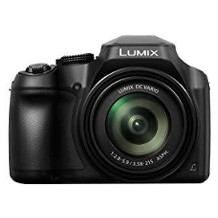
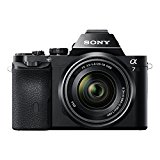
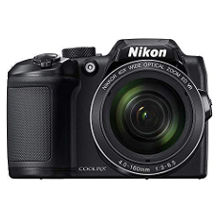
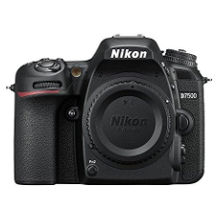
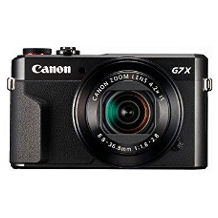
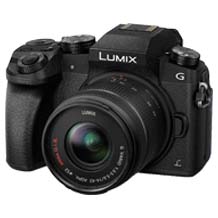
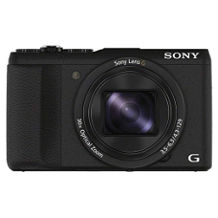







 1,542 reviews
1,542 reviews




